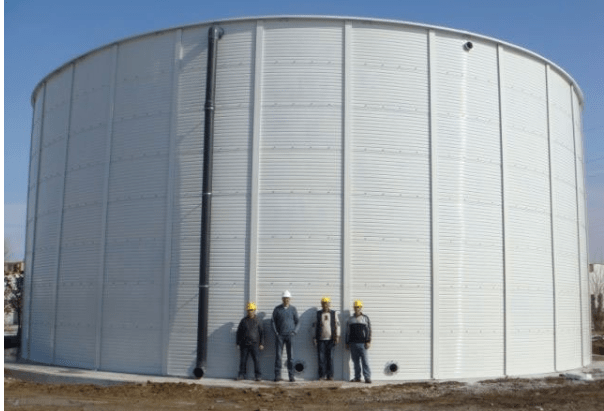Nisha1977
Structural
- Jun 4, 2020
- 4
Hello everyone.
can u please give me your thoughts on this concept for temporary placing this steel water tank for testing . we provided steel (UC ) ring beam sitting on the ground as per the sketch attached . height in between existing ground and the beam top flange will filled with compacted soil and this needs to have recommended bearing capacity. I would like to know that this type of temporary support will be recommended or not ? if there is any differential settlement will result in tank wall failure. (this tnk size is dia 15.6m and height 8.8m). thanks for your time in advanced.
can u please give me your thoughts on this concept for temporary placing this steel water tank for testing . we provided steel (UC ) ring beam sitting on the ground as per the sketch attached . height in between existing ground and the beam top flange will filled with compacted soil and this needs to have recommended bearing capacity. I would like to know that this type of temporary support will be recommended or not ? if there is any differential settlement will result in tank wall failure. (this tnk size is dia 15.6m and height 8.8m). thanks for your time in advanced.

